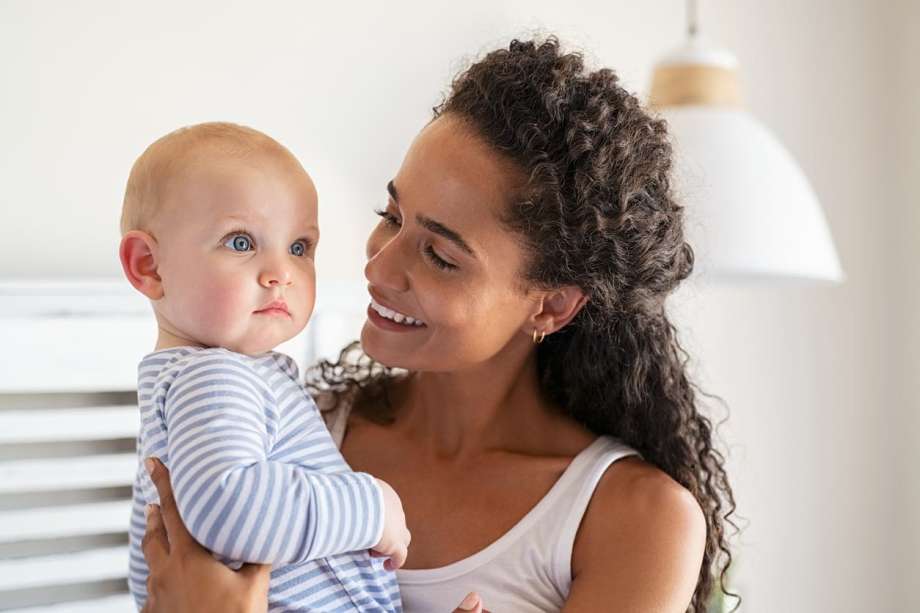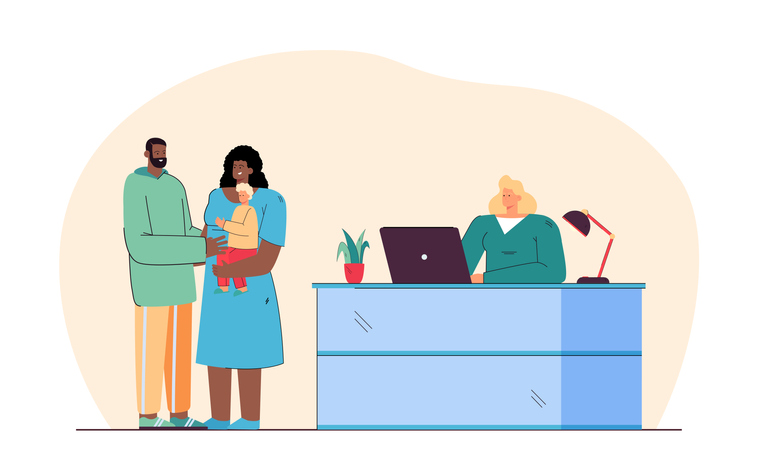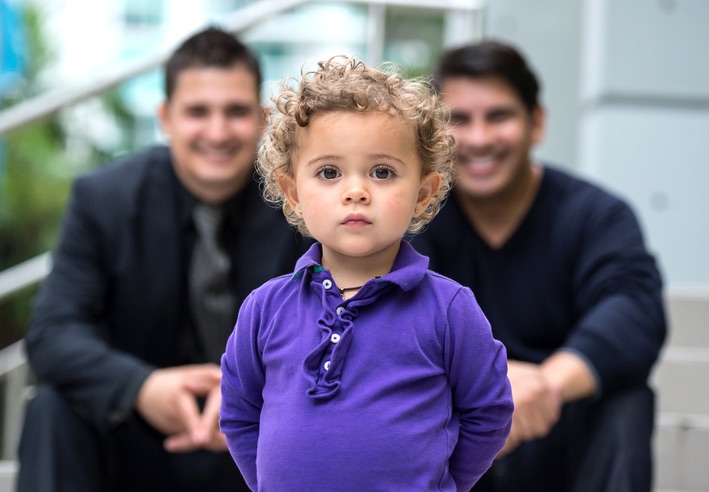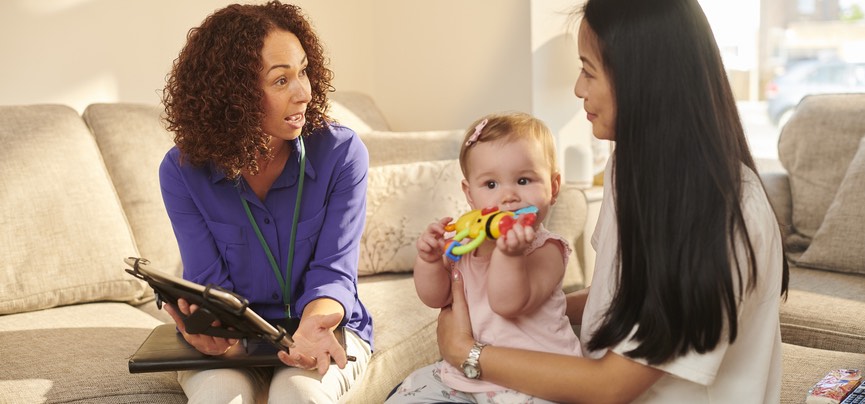Considering Adoption Over Getting Pregnant Naturally?

Giving birth is not the only way to become a parent. Parents choose adoption for a whole host of reasons, even if they are able to give birth to a baby of their own.
While the desire to have biological children is strong for some women, that’s not the case for everyone. There are many children in the world who need a family and a home to grow up in. Some parents would rather provide this to them than give birth to a biological child.
Both pregnancy and adoption are completely valid choices. Only you and your partner can decide what is best for your family. If you’re considering adoption over getting pregnant naturally and are letting the pressures of society or family get to you, this article should help empower you in your decision.
Reasons to Adopt Other Than Infertility

Some parents choose to adopt after learning that they cannot have children of their own. But others pursue adoption as their primary way to become parents.
You might be considering adoption because you:
- Feel nervous about the health risks of being pregnant
- Worry about how pregnancy might affect your body
- Have a physical condition that might make pregnancy difficult
- Suffer from a condition which means getting pregnant is more risky
- Have experienced trauma related to pregnancy health issues
- Would rather raise a child who has already been born into the world
- Don’t have a partner or are in a same-sex relationship
Whatever the reason, your feelings are valid.
What You Should Know About Adoption

- You can adopt a baby at birth, but you can also adopt a minor of any age.
- You can adopt through an attorney or agency, or you can ‘foster-to-adopt’.
- Adoption can cost up to $50,000 in America.
- Adoptions can be open or closed - in open adoptions, the birth mother or father has some level of continued contact with your child.
- Adoptive parents become the legal parent(s) of the child and have exactly the same rights as biological parents.
What Are Some Benefits of Adoption?
- You provide a family to a child who needs one. This is the greatest gift.
- You could be helping a birth mother who is not able to keep her child.
- You can avoid pregnancy and its risks or discomforts.
- You will discover a new kind of love!
What Are Some of the Struggles That Come Along With Adoption?
- It can be expensive.
- The process can take a long time.
- Birth mothers can change their mind before the adoption papers are finalized.
- You may struggle to bond with your child. This isn’t always true, but some adoptive parents can find this challenging.
- Whether the adoption is open or closed, each comes along with their own unique set of emotional challenges for the child in question.
Deciding Whether to Adopt
The decision to pursue adoption is a major step. It’s okay to take time to think and discuss the matter with your partner and loved ones.
In fact, discussing your choice with a support system is probably one of the best ways to help you navigate this decision. If you have trusted friends and family members to lean on, it’s important to reach out to them. Not everyone has this kind of support system in their lives, and even if you do, friends and family might feel overwhelmed and unsure of what to say if they do not know much about the adoption process. That’s okay. There are also support groups out there made up of people who have adopted, are in the process of adopting, or are considering whether adoption is right for them. Facebook groups are a good place to start.
If you are struggling to make a decision, start posting your questions in support groups so that you can begin the process of meeting and connecting with other adoptive parents. Hearing others’ stories can provide a beneficial first-hand perspective.
Learn as much as you can about adoption, but don’t forget also to look inwards. What is it that you want to do? This is the most important question you can ask yourself.
It is especially important to shut off any background noise if you have friends or family members pressuring you to try to conceive a biological child. If you feel a sense of guilt about your decision not to do this, that’s a good sign that you are feeling pushed into something that might not be right for you. Adoptive families are just as much a family as any other. This decision is only yours and your partner’s.
What If My Partner Isn't On the Same Page?

Both single people or married couples can adopt, and in some states you can adopt if you are in a domestic partnership. If you have a partner, you both need to be on the same page.
It is essential that you share your thoughts and feelings about adoption with your partner, including why you would rather forgo getting pregnant. Some parents find a compromise by adopting one child and having one naturally. If you are having trouble coming to an agreement, marital counseling may help the two of you communicate and come to a resolution.
Types of Adoption
There are three main ways to adopt a child. The first option is to go through an adoption agency. Another option is to go through an attorney, which is known as a private or independent adoption. Lastly, you can foster to adopt, which starts you off as a foster parent who takes in children who need temporary care, and allows you to adopt a child if reunification (returning the child to their biological parents) is not possible.
An independent adoption is often the simplest process and you often have the most control over which child you choose to adopt. However, it is also the most costly. Working with an agency costs less, but it generally takes more time and there is more red tape.
Foster-to-adopt has no financial cost and while you are fostering, you are given a stipend to help cover your costs. But there are many unknowns with this process. Foster care’s objective is always to return children to their birth parents if possible. The next goal is to find someone in their biological family to take them in, which is known as kinship care. You may bond with your foster child and wish to adopt them, but that won’t always be an option. You might instead have to say goodbye, which can be very challenging for both you and the child in question.
The Adoption Process

When you decide to adopt, the first step is to contact an attorney or an adoption agency. Next you’ll do a home study where a social worker comes out to meet you and your family and take a look at where you live. This study ensures that you have the means to support a child and that you would be a fit parent. The social worker will need to meet and talk with everyone who lives in your home.
The next step is finding your child. Once the adoption agency has helped you select a child, they will ask you to get a consent form signed by the baby’s birth parents. This is required and can avoid future complications. In many cases, the whereabouts of one or both of the birth parents may not be known and the adoption agency will therefore advise you what to do.
You will then file your adoption paperwork and get a custody order. When the child is placed in your home, the social worker who did the home study will return a few times to see how things are going and to ensure that you are indeed a fit parent. After these visits, you can finally have a hearing and finalize your adoption. You are now the legal parent of this child! You are a family.

